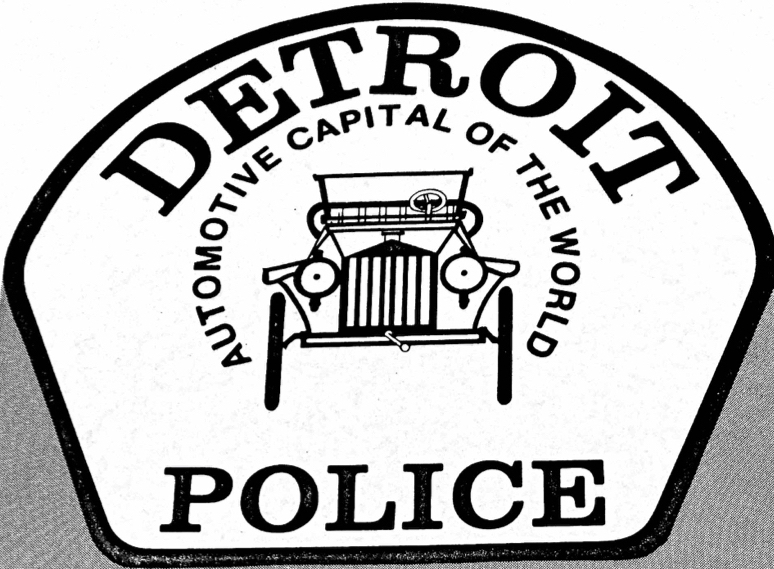Detroit Police & Corruption
As seen in the previous sections of this website (see: Gangs and Drugs, Juvenile Justice System), there is an increased awareness in the city of Detroit that violence amongst black youth became an issue that not only impacts the youth involved but also the city of Detroit as a whole. The curfews and the overall criminalization of youth violence resulted in an increase in hysteria about violence and youth and tough on crime policing in the city. The violence became inherent with the increase of drug trafficking and drug organizations like YBI.
This section demonstrates how the case of Damion Lucas sheds light on the corruption within the Detroit Police Department when it came to dealing with issues of youth violence and gangs. Damion Lucas’s case, which remains unsolved to this day, showed the propensity of the Detroit police to go after the wrong person and imprison him. Lucas, a 13 year-old boy was shot and killed, and the police as well as the prosecutors chose not to pursue other leads that they had so that they could arrest someone as quickly as possible and put the case to rest. The issue that this incident raised is that the DPD was willing to jail someone who was likely innocent in order to move on from the investigation into Lucas's death. The judge warned prosecutors that there was not a strong case for the original suspect they pursued for the murder of Lucas, yet prosecutors still pursued the case until they had no choice but to address the other leads that the police had considered.
“There is an absence on this record of evidence that would convince a jury or trier of fact beyond a reasonable doubt that the defendant is guilty,”. (Judge Daphne Means-Curtis - Detroit 36th District)
Yet, at the same time, the Detroit Police were part of a larger national issue involving drug corruption within police departments. David Robinson, a former DPD officer and attorney, detailed his experience with police misconduct within the DPD. Robinson detailed an instance where officers beat up three Black youth who were kicked out of a casino. He says, “So, the question someone needs to ask — the question no one ever does ask in these situations we hear about over and over in the news — is what did these kids do to deserve this attack?" (8). Usually, the officers involved have their own version of events which justify use of force or other types of misconduct, but the injuries on the youth, in this particular case, demonstrate the blatant misuse of force that was allowed by the DPD. Moreover, Robinson comments about how this example of police misconduct was a larger systemic issue within Detroit. “When I was a DPD lawyer, these kinds of judges just about fell over themselves to follow my lead, my case. Cops knew this. They knew they could get away with what they had done,"(38). Here, Robinson discusses judges who already leaned towards supporting cops in cases about police misconduct. The system of justice from the police to the courts were built to protect the innocent, but, rather, as Robinson details in his own experience, these systems helped to cover up the crimes of cops. Police officers themselves commit many acts of misconduct, brutality, and intimidation that leads to cases looking different on paper than in reality.
What this section attempts to show is that, in a different scenario, if the Damion Lucas case took place in a school, there would have been a lot more sensationalization by both the police and the media. If the shooter than killed Lucas was a teenager, that made gangs and youth the problem — something that the city of Detroit and the DPD were already trying to prove at the time. But, when the killing of this young boy became linked to a drug trafficking operation that was suspected to have ties with the police themselves, it was important to find someone to pin the murder on and end the investigation. The case of Damion Lucas showcases a larger point in this Juvenile Injustice section which is that while youth were being policed excessively, drug crimes and corruption within the DPD were unchecked by everyone. Moreover, drug trafficking and its associations were known in the DPD since before the Lucas case. The case of Damion Lucas calls into question the role of the police in the city of Detroit. This begs the question: did the Detroit police do all they could to find the murderer of this young boy and do their jobs to the best of their ability?
Sources:
“Detroit Means Business Footage”, Urban X 209 4882 - 209 5645, B 178 8577 - 178 8767, 1981.
Lengel, A. Sinclair, H. “FBI Probing Gil Hill’s role in Murder Case.” The Detroit News and Free Press (Detroit, Michigan), October 25, 1992.
Photograph of Detroit Police Department Logo from the 1984 Annual Police Report, 1984, Folder 5, Box 224, Coleman A. Young Papers, Burton Historical Collection, Detroit Public Library, Detroit, Michigan, USA.
Robinson, David A. You See A Hero, I See A Human Being. Troy, Michigan: Momentum Books, 2019.

